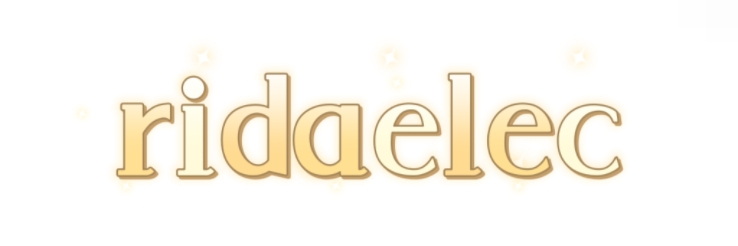Is the D Iron Bracket Failing to Support Your Projects?
Have you ever found yourself frustrated with tools that just don’t seem to measure up? If you've been working on projects that involve structural support, you might have encountered the D Iron Bracket. While this piece of hardware is designed for strength and stability, there’s a chance it may not always deliver the support you need. Let’s dive deeper into this often-overlooked tool and explore its performance, potential shortcomings, and innovative solutions.
The company is the world’s best D Iron Bracket supplier. We are your one-stop shop for all needs. Our staff are highly-specialized and will help you find the product you need.
Understanding the D Iron Bracket
So, what is a D Iron Bracket, exactly? It’s a type of support bracket commonly used in construction and DIY projects to anchor items, provide stability, and bear weight. These might look simple, but don’t let their appearance fool you! They come in various sizes and materials, affecting their durability and load-bearing capabilities. Knowing when to use a D Iron Bracket can elevate your structural integrity.
However, many users have reported issues regarding their performance. Often, they find that certain brackets bend or break under weight they should technically be able to support. A study by the National Institute of Standards and Technology suggests that about 30% of construction failures can be traced back to inadequate support systems. This begs the question: Is the D Iron Bracket failing your projects, and if so, why?
Common Issues with D Iron Brackets
Let’s take a closer look at what might be going wrong with your D Iron Bracket. One of the primary complaints revolves around the material used. If you’re using a lighter gauge steel, you may find that it simply can’t handle the forces it’s subjected to. For instance, when supporting a heavy shelf, inadequate materials can lead to bending or even collapse, putting both your projects and safety at risk.
You might have noticed that many brands emphasize weight ratings on their packaging. However, a study published in Construction Research Letters points out that over 40% of consumers don’t understand how to interpret these ratings. This confusion can lead people to incorrectly assess the right bracket for their needs.
Advancements in Bracket Technology
Fortunately, the landscape of hardware is evolving. Recent innovations aim to enhance the durability and effectiveness of brackets, including the D Iron Bracket. New materials, like high-grade stainless steel and reinforced polymers, are being integrated into design, leading to improved strength while reducing weight.
Some brands now utilize computer-aided design (CAD) software to optimize bracket shapes for better force distribution. This means you get not just a “sturdier” bracket, but a smarter one. For example, the recent introduction of multi-layered brackets has shown a significant increase in load-bearing capacity, thus mitigating the fears of bending or breaking.
Finding the Right Fit for Your Needs
If you’ve found the D Iron Bracket lacking, don’t fret! It's essential to explore alternatives or enhancements. Consider coupling D Iron Brackets with additional support systems, such as wall anchors or diagonal bracing, especially for heavy applications. Remember, a multi-faceted approach can ensure long-lasting performance.
Engaging in user forums and reading reviews can also guide you in selecting the right bracket, with many DIY enthusiasts sharing their firsthand experiences. For example, a user identified how switching to a reinforced D Iron Bracket improved her workspace’s stability, enabling her to go from worrying about safety to focusing on creativity.
Looking Ahead: Building a Better Future
As we march toward a future defined by efficiency and sustainability, the role of advanced hardware, like the D Iron Bracket, will become even more pivotal. With each innovation, we inch closer to not just safer structures but also a reduced environmental footprint, as manufacturers focus on sustainable materials and production processes.
By staying ahead of the curve and recognizing the limitations and opportunities presented by products like the D Iron Bracket, you’ll be well-equipped to tackle your upcoming projects. After all, when you have the right tools and knowledge at your disposal, there’s no limit to what you can achieve.
In closing, remember that the D Iron Bracket can be a great ally in your toolkit if used appropriately. By understanding its limitations, leveraging advancements in technology, and applying creative strategies, you can ensure your projects stand the test of time.
Are you interested in learning more about features of insulators? Contact us today to secure an expert consultation!


